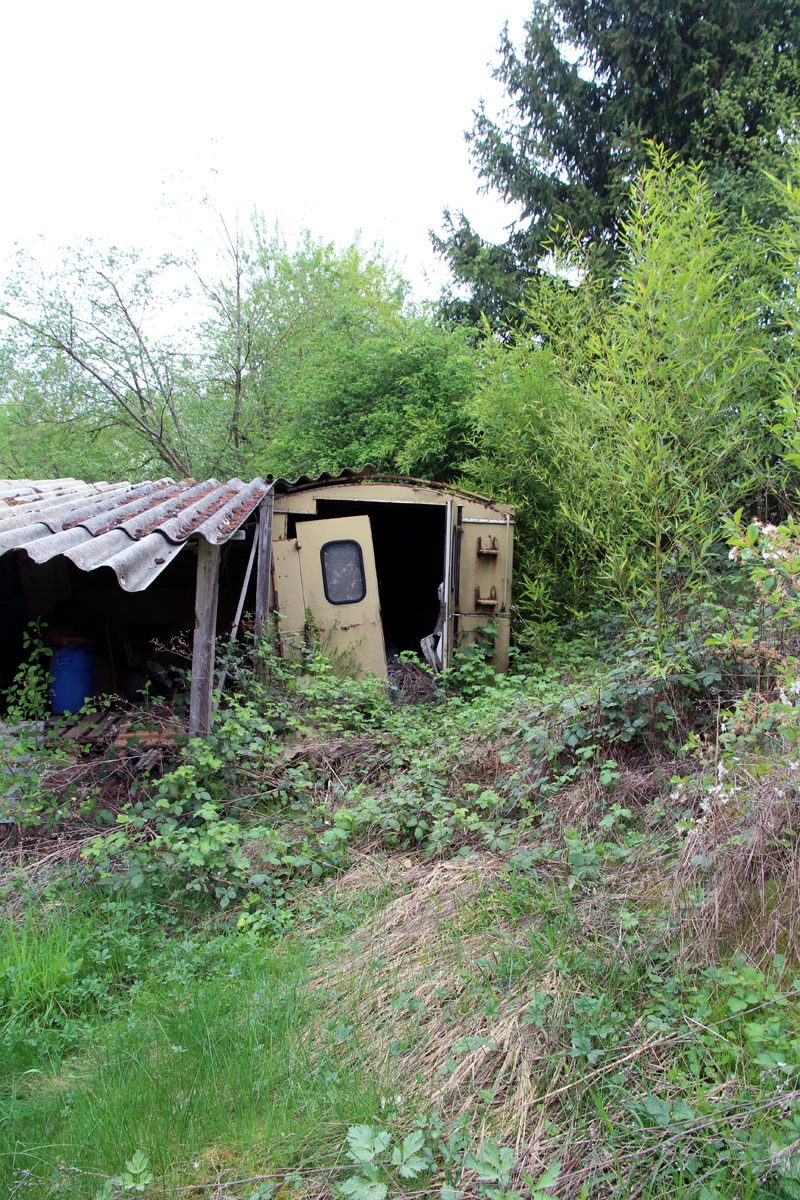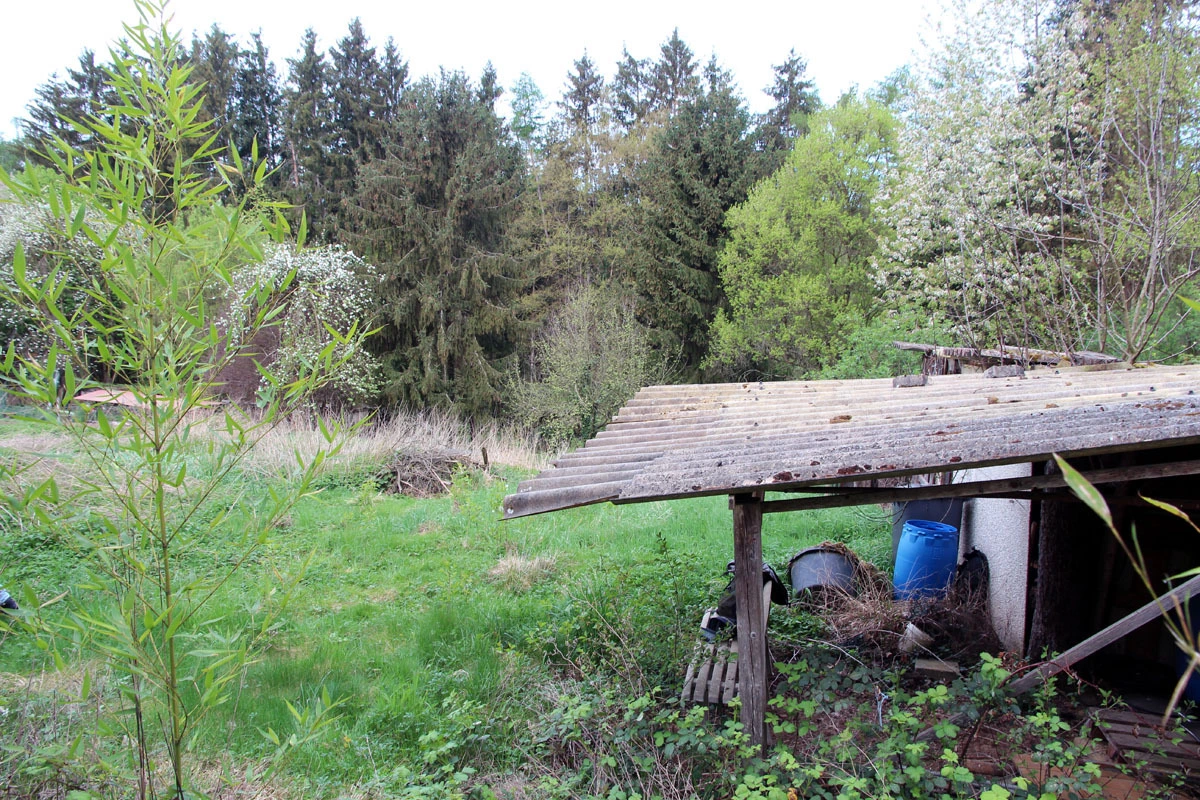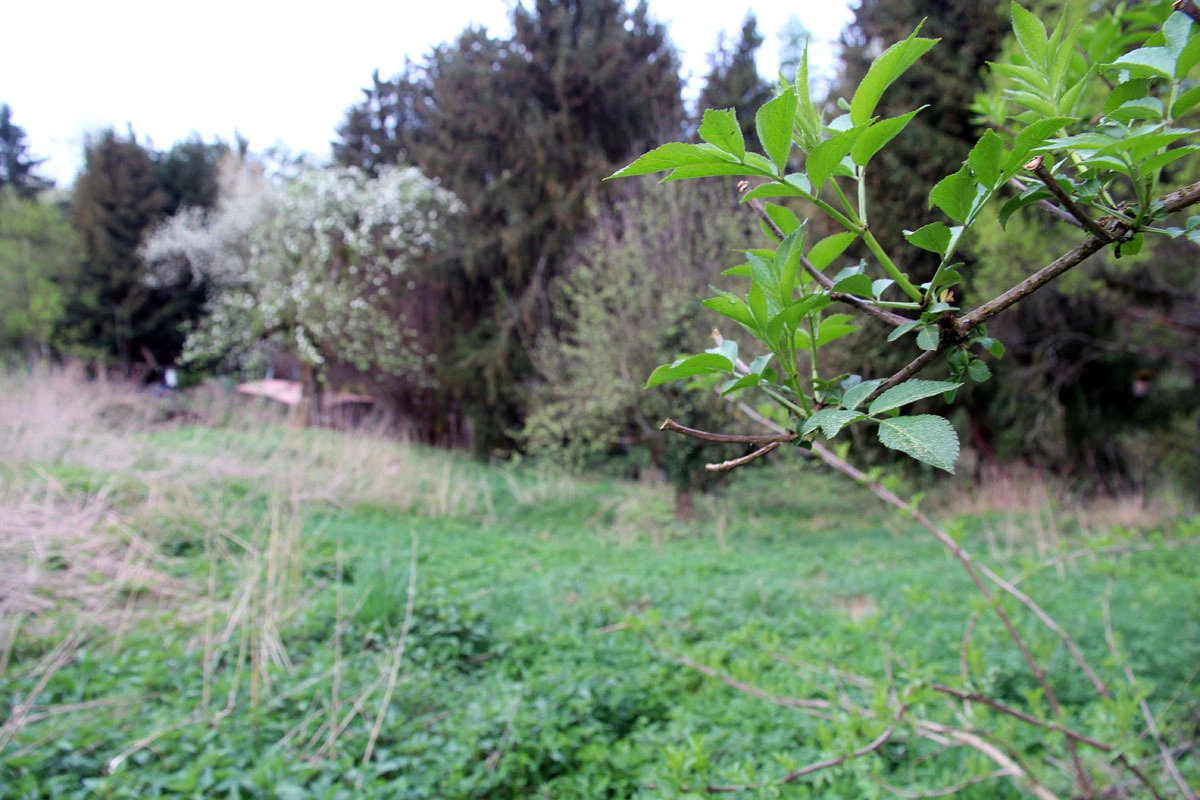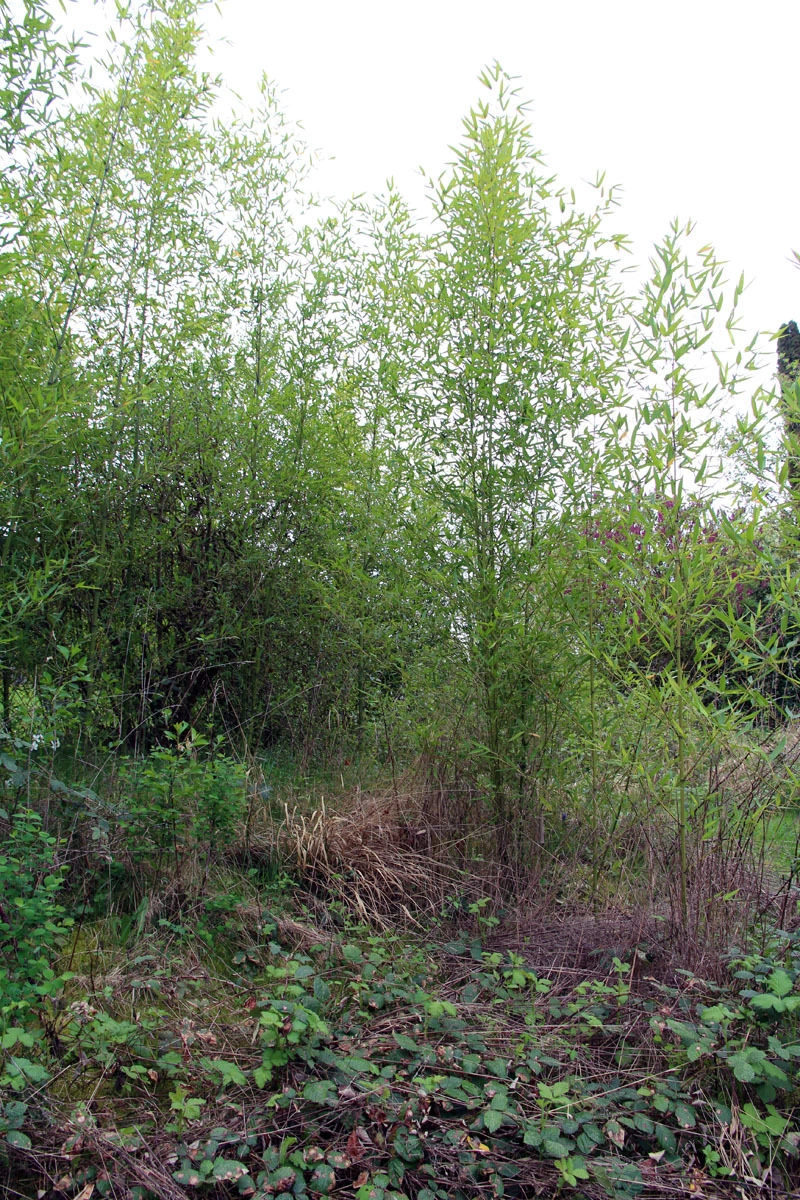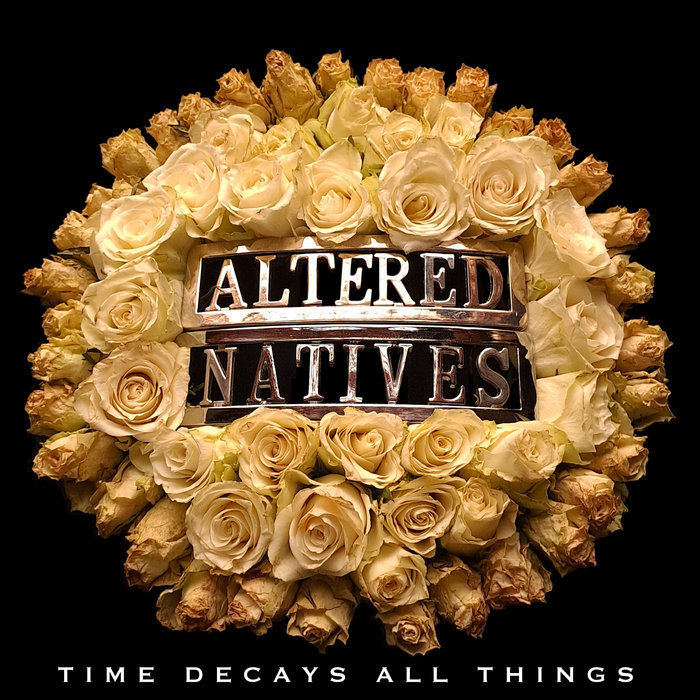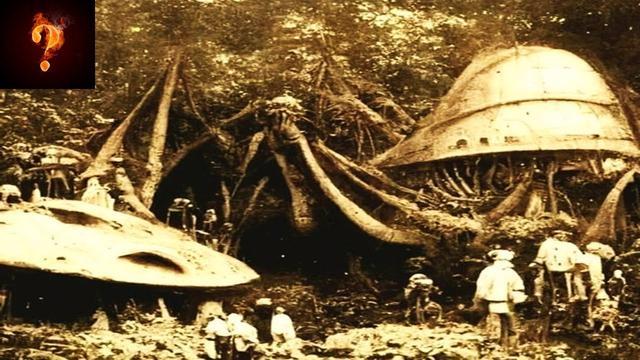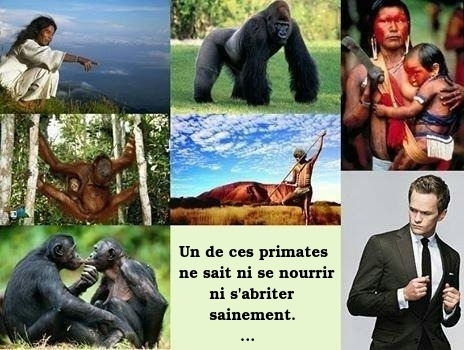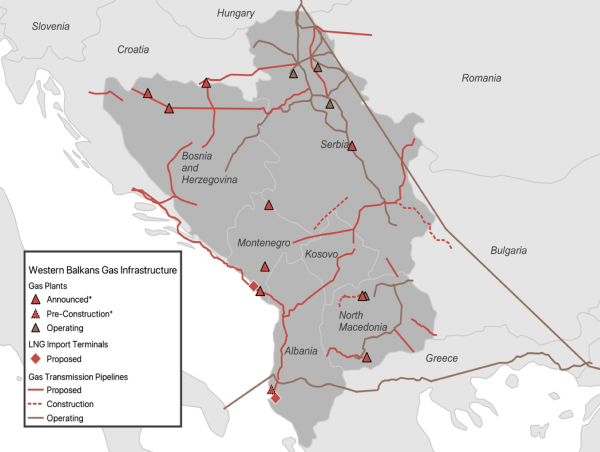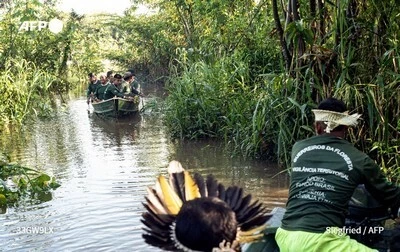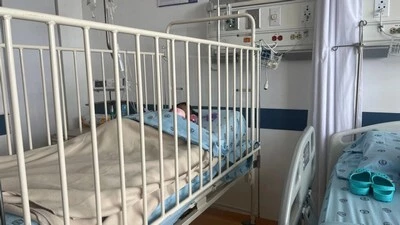
The first thing that struck me about São Tomé and Príncipe is how remote it feels, and it is – two craggy volcanic #islands marooned in the Gulf of Guinea 155mi (250km) off Africa’s West Coast. With a population of around 206,000, this is Africa’s second smallest nation after The Seychelles, and one of the least visited, with around 30,000 visitors in 2018.
Uninhabited until the 16th century when Portuguese explorers arrived on Príncipe’s shores, the crumbling, former banana, cacao, coffee and sugar cane plantations known as “roças” that dot both the #island s, are vestiges of its often-brutal colonial #history until it gained independence from Portugal in 1975. Both islands are blanketed in emerald jungle, fringed by beaches and hidden coves of the golden sand variety with peaks like São Tomé’s Cao Grande, an otherworldly granite spike rising 663m (2,175ft) above the jungle.
Having traveled the 86mi (140km) from #SãoTomé to neighboring #Príncipe, a Unesco Biosphere Reserve, it felt like I had left the modern world behind. Against its backdrop of mist-cloaked mountains and luxuriant #jungle, turtles nest on its deserted beaches and whales populate the surrounding waters.
The islands’ dazzling biodiversity is another draw, with scores of endemic plants and bird species not found anywhere else on Earth. Tourism is still very much in its infancy here; São Tomé and Príncipe still felt gloriously unspoiled, and there was always a smile and a wave for me.
Learning a few words of Portuguese will greatly enhance any stay here, as English is not widely spoken. Nudging the equator line, life on these islands is slow, in fact, the Santomeans have a word for it, leve leve, or “easy, easy” which is a state of mind that came easily here.
https://www.worldnomads.com/travel-safety/africa/sao-tome-and-principe/sao-tome-and-principe-guide
Is #SãoTomé-and-Príncipe Safe? 5 Travel Safety Tips

